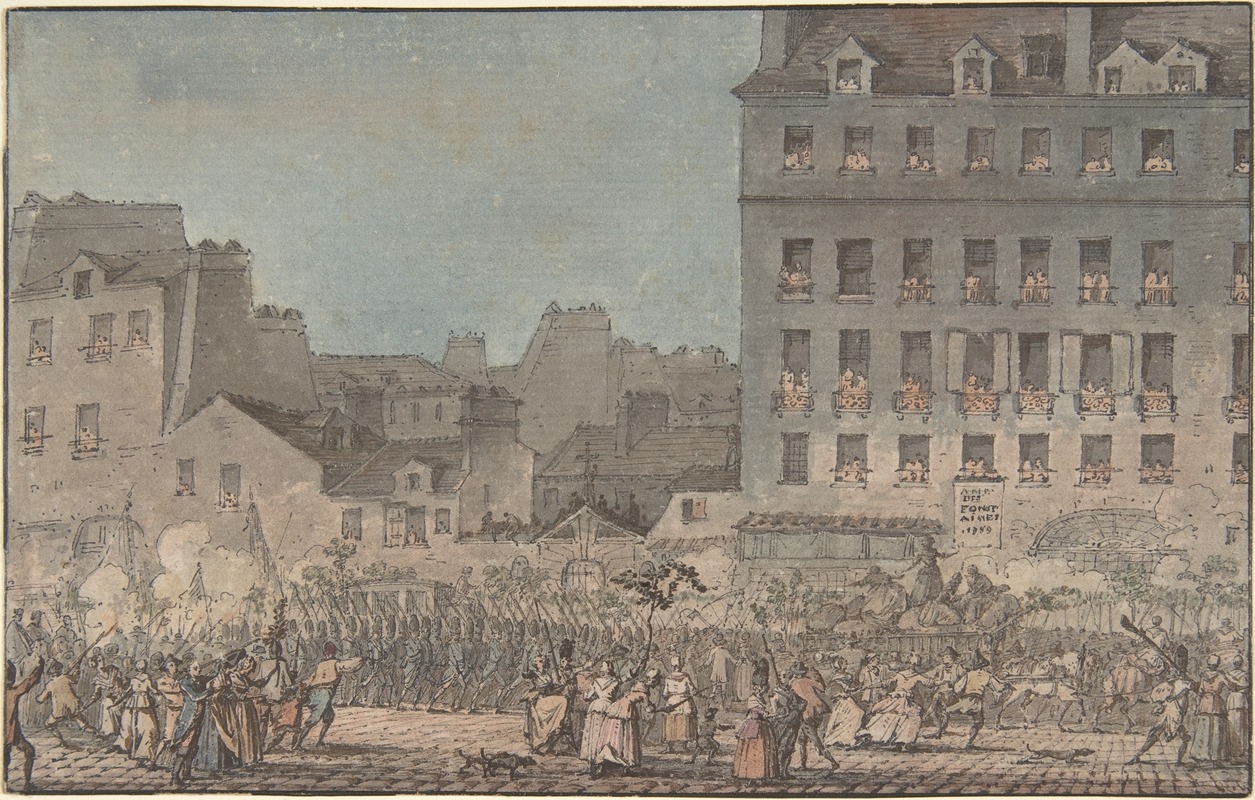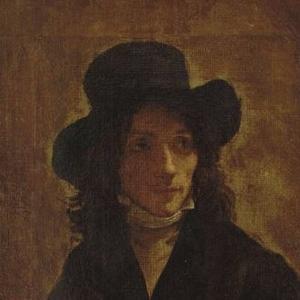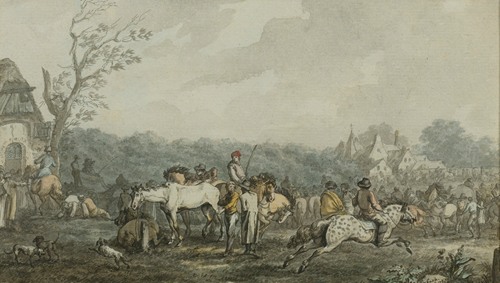

Jacques François Joseph Swebach-Desfontaines was a French painter and draughtsman. He was known as "Fontaine" or "Swebach-Desfontaines". He was born in Metz and died in Paris.
After studying with his father, the painter and sculptor François Swebach, the young Jacques-Francois Swebach settled in Paris. He began exhibiting at the Salon in 1791, and soon gained a reputation for his paintings and drawings of horses and military scenes. Described by one critic as the ‘Wouwerman of our time’, Swebach was appointed premier peintre at the Manufacture de Sèvres, a post he held from 1802 to 1813. One of his most important projects at the Sèvres factory was the translation of the designs of Egyptian scenes by Baron Vivant Denon, made during Napoleon’s campaigns in Egypt, onto two superb dessert services, one of which was presented to the Czar of Russia, Alexander I. It was Swebach's fame as a designer that led the Czar to summon him to Russia, and between 1815 and 1820 he worked in Saint Petersburg as the chief painter of the Imperial porcelain works.
However, he continued to send small cabinet pictures back to Paris to be exhibited at the Salons. These made up a large part of his painted output, and Swebach’s paintings of horse fairs, markets, battle and hunting scenes were acquired by a large and enthusiastic group of private collectors. He also produced a large number of engravings, and in 1806 published his Encyclopédie pittoresque, a series of lithographs of horses. Paintings by Swebach are in a number of public collections in France, including the Musées des Beaux-Arts in Lyon and Marseille, and the Musée des Augustins in Toulouse.


